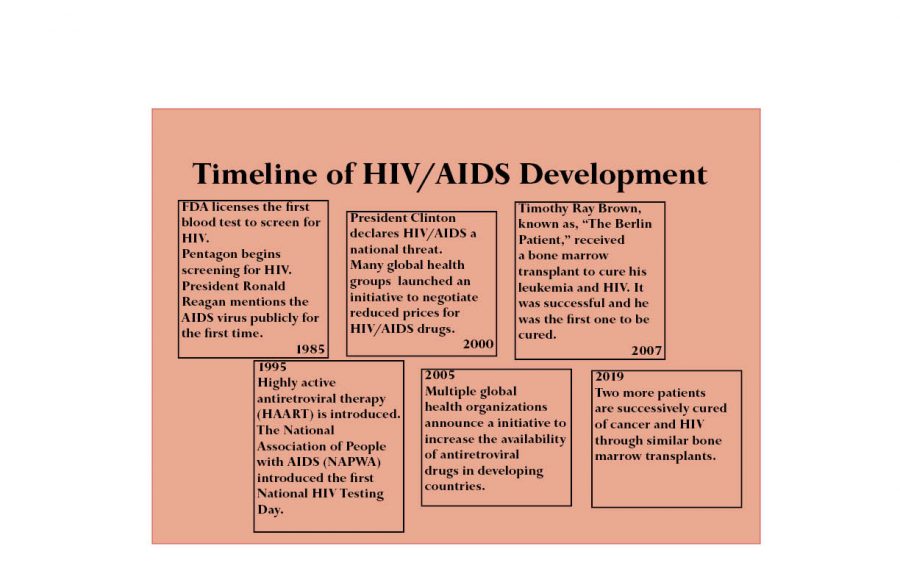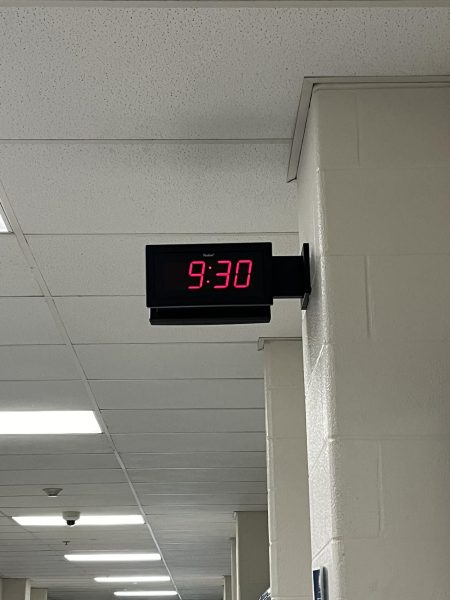Huge Leap For HIV Treatment
Second Patient is Cured of HIV After Bone Marrow Transplant
April 12, 2019
The times are changing and medicine is evolving. Within the past three weeks, two people have been cured of HIV. But this was no simple process, and while it certainly doesn’t signify an immediate cure, it does pave a road to treatment.
During the week of March 4, an anonymous “London Patient” was declared the second person ever to be cured of the HIV infection. Like many HIV patients, he had contracted a cancer after originally receiving the infection. Before being rid of the infection however, the cancer had to be cured.
“He received massive amount of chemotherapy first to cure his cancer,” Steven Deeks, a professor at UC San Francisco involved in the cure research said. “This destroyed his own immune system as an unwanted side effect, which is associated with a high risk of infectious complications and even death. The destruction of the immune system also eliminated most of the existing cells with HIV.”
After this, he received a bone marrow transplant which repopulated his immune system. However, this new immune system now lacked a formerly present protein called CCR5, through which HIV entered the body. Its absence from the immune system resulted in the cure.
“No one would want to do this just for the HIV,” Deeks said. “This was all about curing the cancer.”
Only hours after the case of the London Patient was reported, a new case surfaced of another patient who was cured of the HIV infection. Called the Dusseldorf Patient, he was also cured through a bone marrow transplant.
Although it may seem like an immediate cure to the HIV infection is right at humanity’s fingertips, there is still much research to be done, as these processes are far too dangerous for patients who wish to cure HIV without the cancer.
“To make this accessible, we would need to do what is called, ‘gene editing,’” Deeks said. “Ideally, we would remove the CCR5 gene directly. This may be possible if we can figure out how to deliver the enzyme that can disrupt CCR5 to cells directly into the body. We may be able to do this in 5 to 10 years.”













